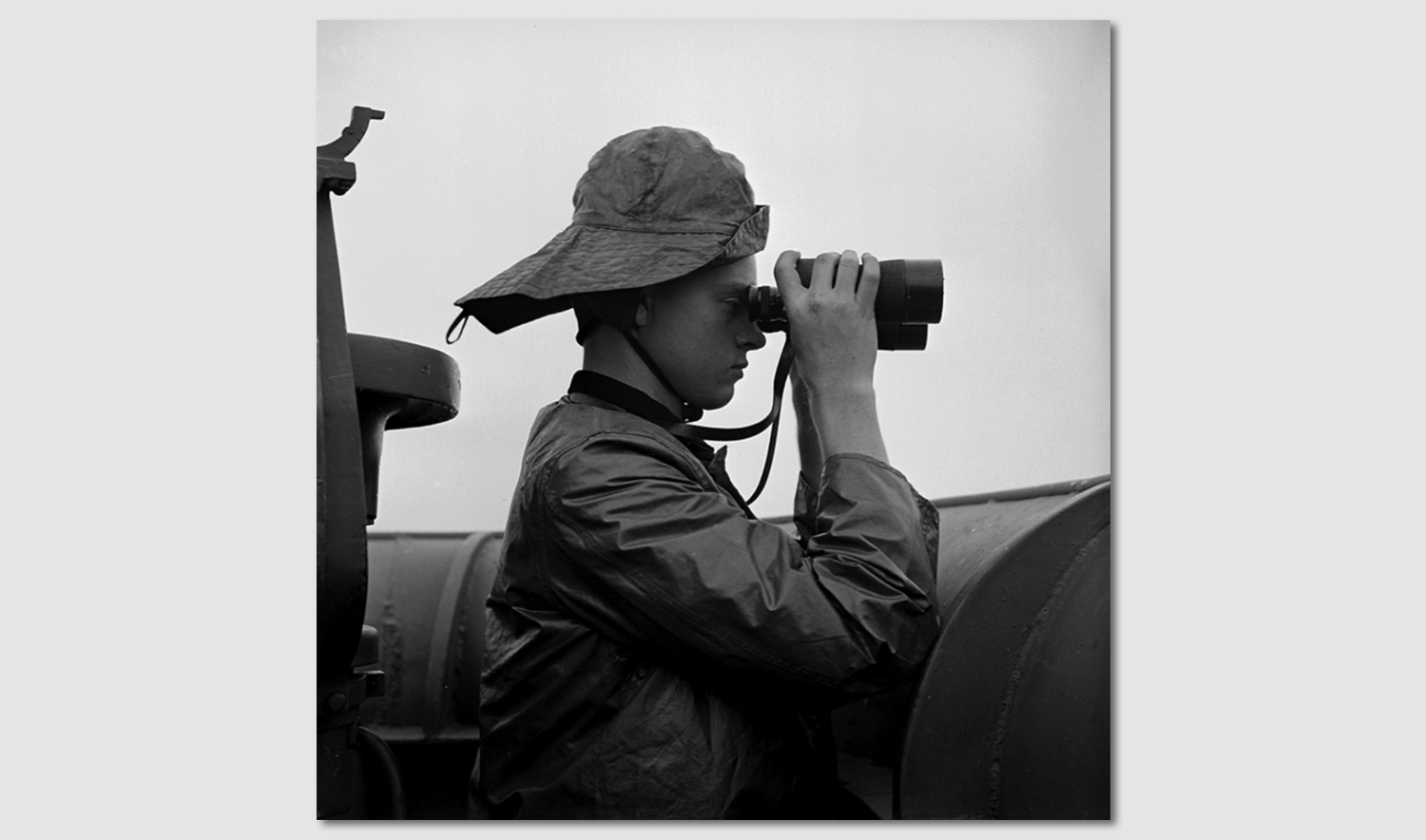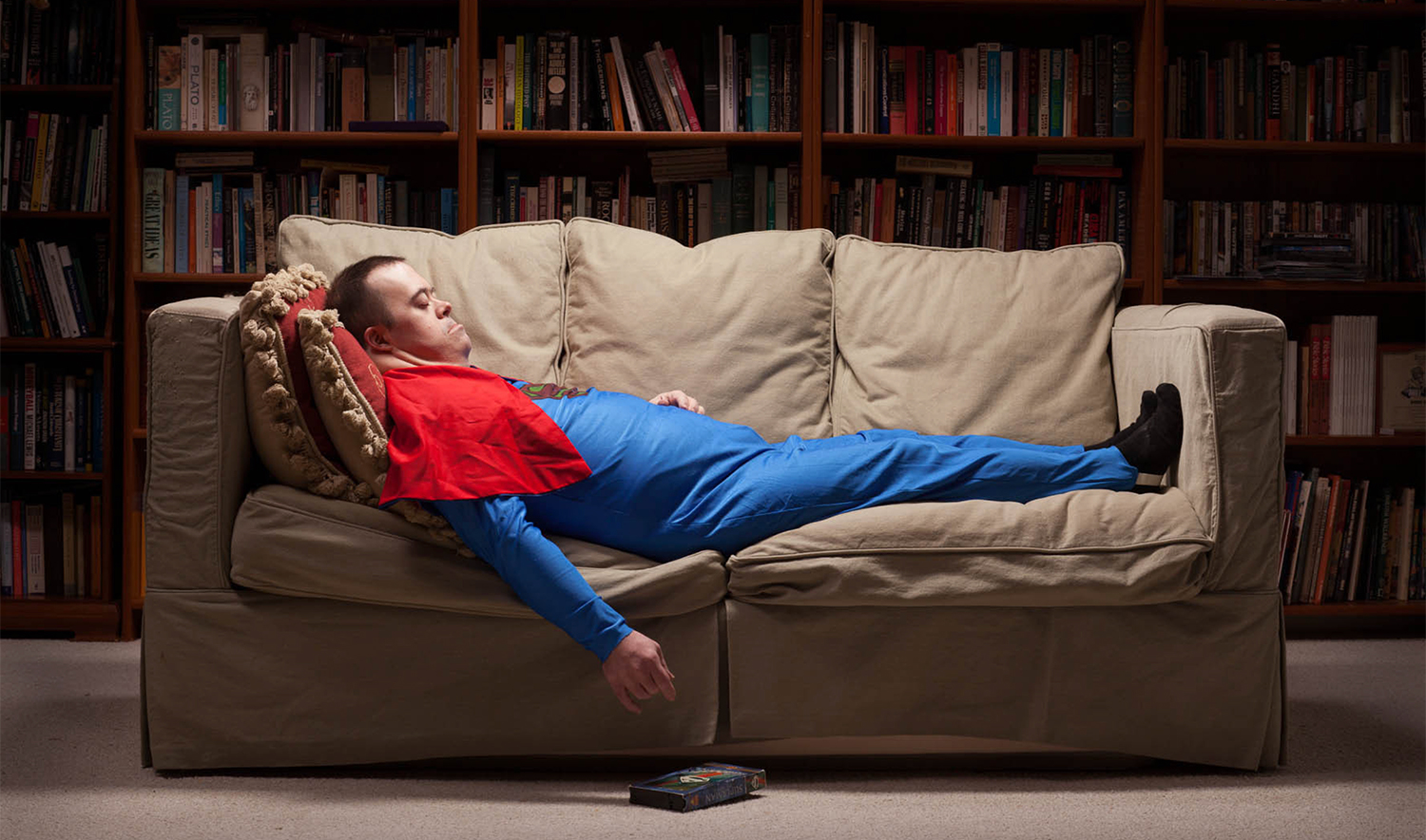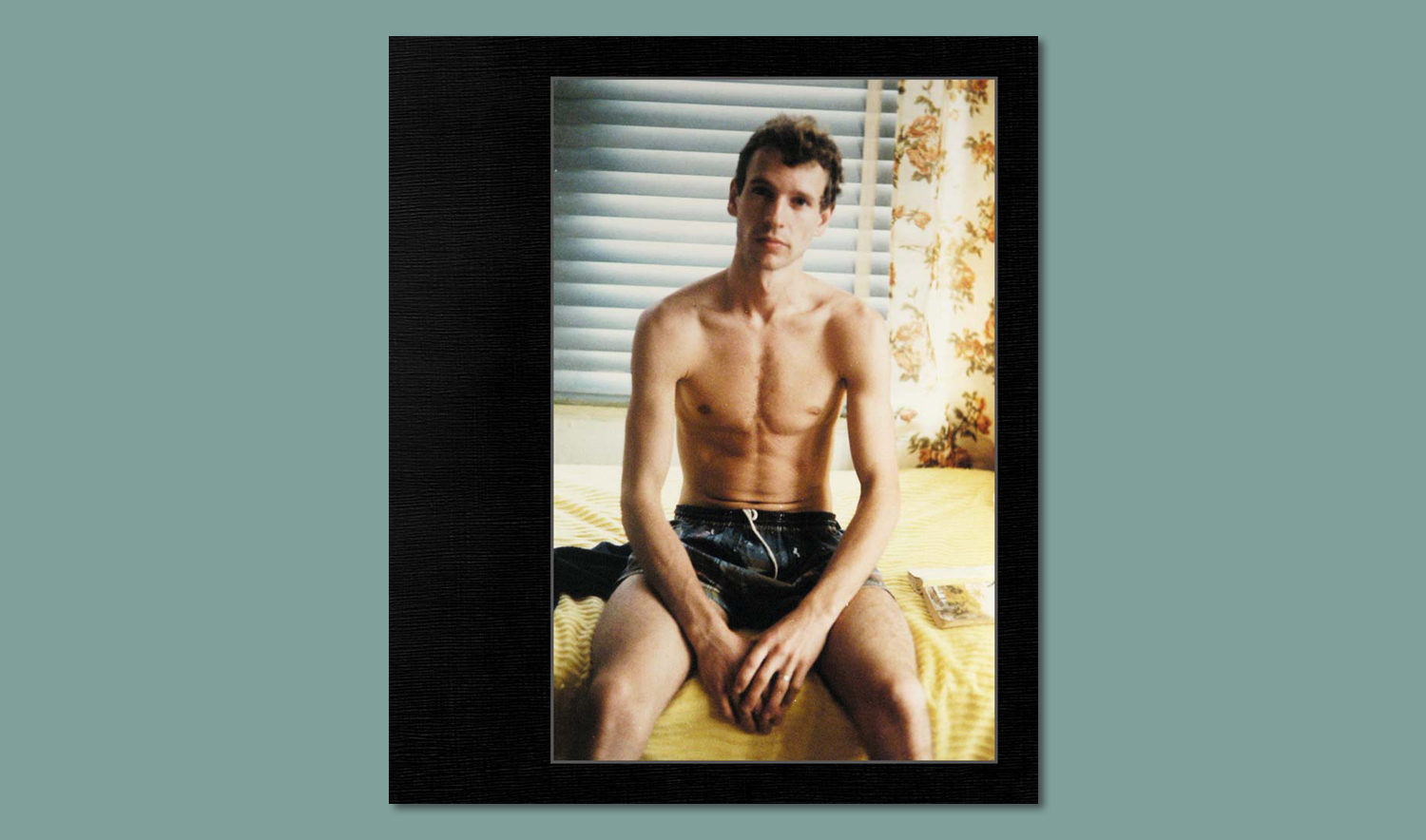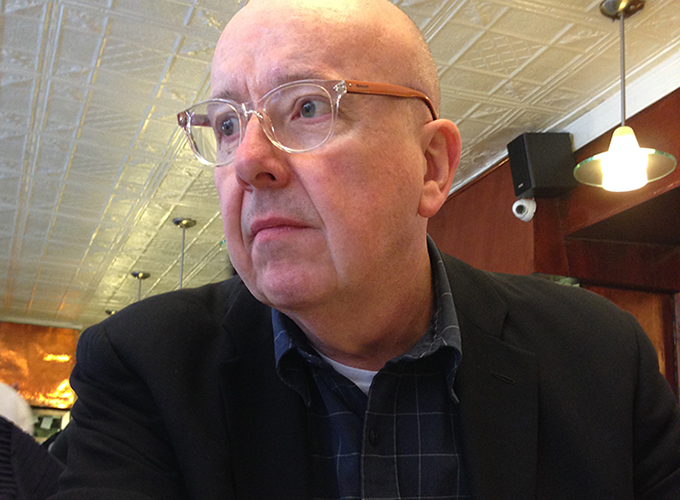
Yeah, love is the first step.
I have fallen in love dozens (maybe hundreds) of times while walking through galleries and museums. If truth were told, a great many people would confess to harboring this strange affliction.
I am talking about that moment when you see an image that literally makes you stand still and pay attention.
In this particular case, it happened so long ago that I only have a vague recollection of the room the image was hanging in and no recollection of which museum I was visiting. Friends tell me I can do a museum in 10 minutes and most people refuse to tag along with me. My ability to assimilate images at high speed came from being a graphic designer for 40+ years and having to edit 1,000s of images to find the best one to use in an ad or brochure. It trains your eye to absorb visuals in split seconds.
But I digress, back to this particular image. It did literally stop me dead in my tracks. I’m no longer trying to figure out exactly why some images generate collector lust, but this one surely did. It happened during a period when I was in the grips of a heavy photo-collecting addiction and my habit screamed at me “find this print and buy it, now!”
The image has been hanging in my bedroom for years. It is positioned just inside the door and the figure is keeping watch 24 hours a day, 7 days a week. He’s checking to see that the horizon is clear of enemies.
When I first saw the photograph I had no idea who the photographer (Wayne Miller) was and where he fit in photographic history. Since then, I have schooled myself.
Here’s a bit of background on Wayne Miller from Wikipedia.
Wayne F. Miller (September 19, 1918 – May 22, 2013) was an American photographer known for his series of photographs The Way of Life of the Northern Negro. Active as a photographer from 1942 until 1975, he was a contributor to Magnum Photos beginning in 1958.
Miller was born in Chicago, Illinois the son of a doctor and a nurse, who gave him a camera as a high school graduation present. From 1941 to 1942 he studied at the Art Center School of Los Angeles. He then served as a lieutenant in the U.S. Navy where he was assigned to Edward Steichen’s World War II U.S. Navy Combat Photo Unit. He was among the first photographers to document the destruction at Hiroshima.
After the war he resettled in Chicago. He won two consecutive Guggenheim fellowships in 1946-1948, with which he worked on The Way of Life of the Northern Negro. These images were published in his book Chicago’s South Side, 1946-1948. This project documented the wartime migration of African Americans northward, specifically looking at the black community on the south side of Chicago, covering all the emotions in daily life.
Miller taught at the Institute of Design in Chicago before moving to Orinda, California working for Life in 1953. He and his wife Joan also worked with Edward Steichen as an associate curator for The Family of Man exhibition and accompanying book. He was a contract photographer for Life and served as president of Magnum Photos from 1962-1966.
In addition to his career as a photographer, Miller provided the photographs for A Baby’s First Year (1956) with Benjamin Spock and John B. Reinhart. Undertaking a three-year project inspired by The Family of Man, he intensively photographed his own family. The resulting book The World is Young was published in 1958 and appeared as a 10-page picture essay in Life.



